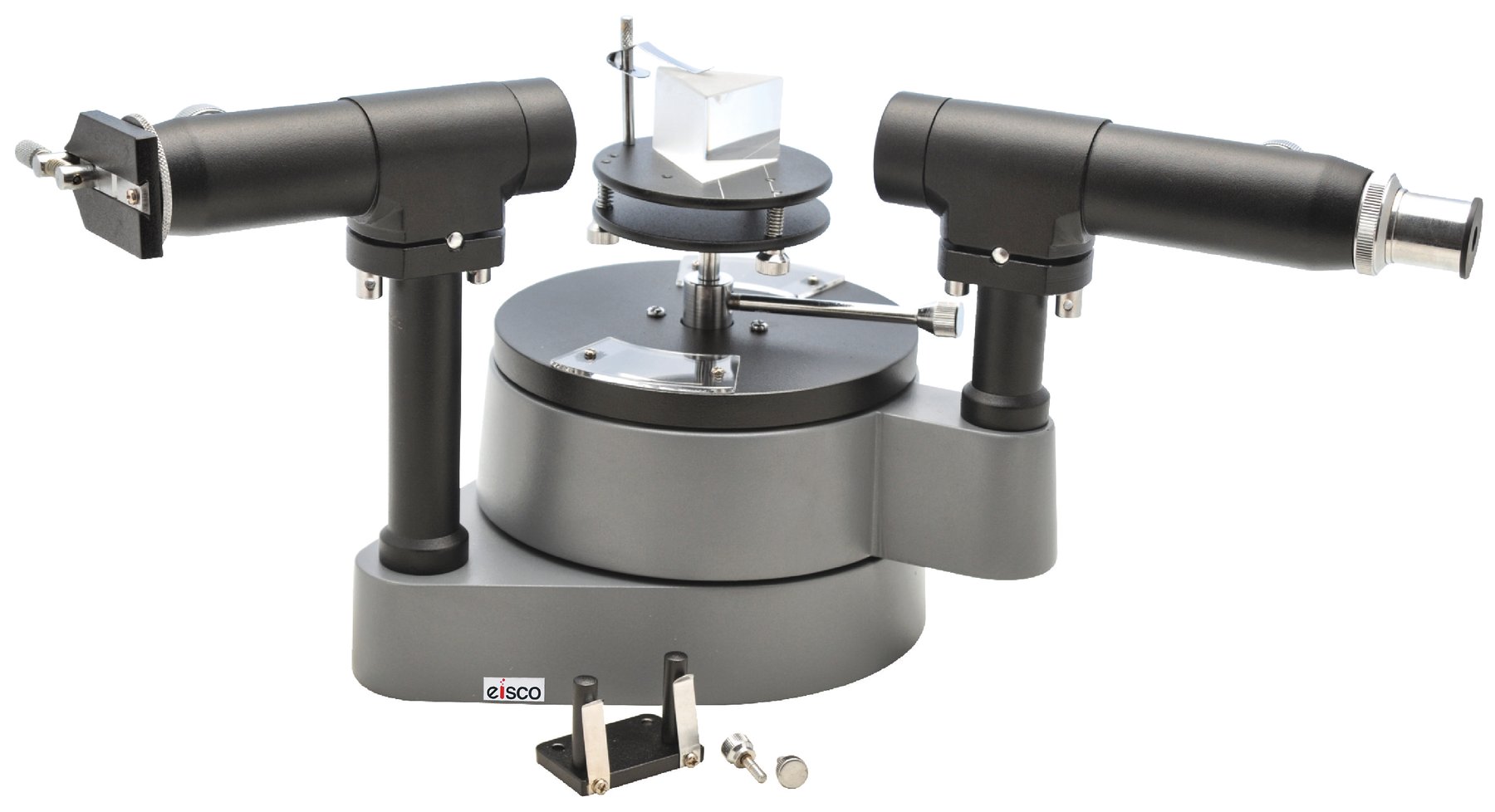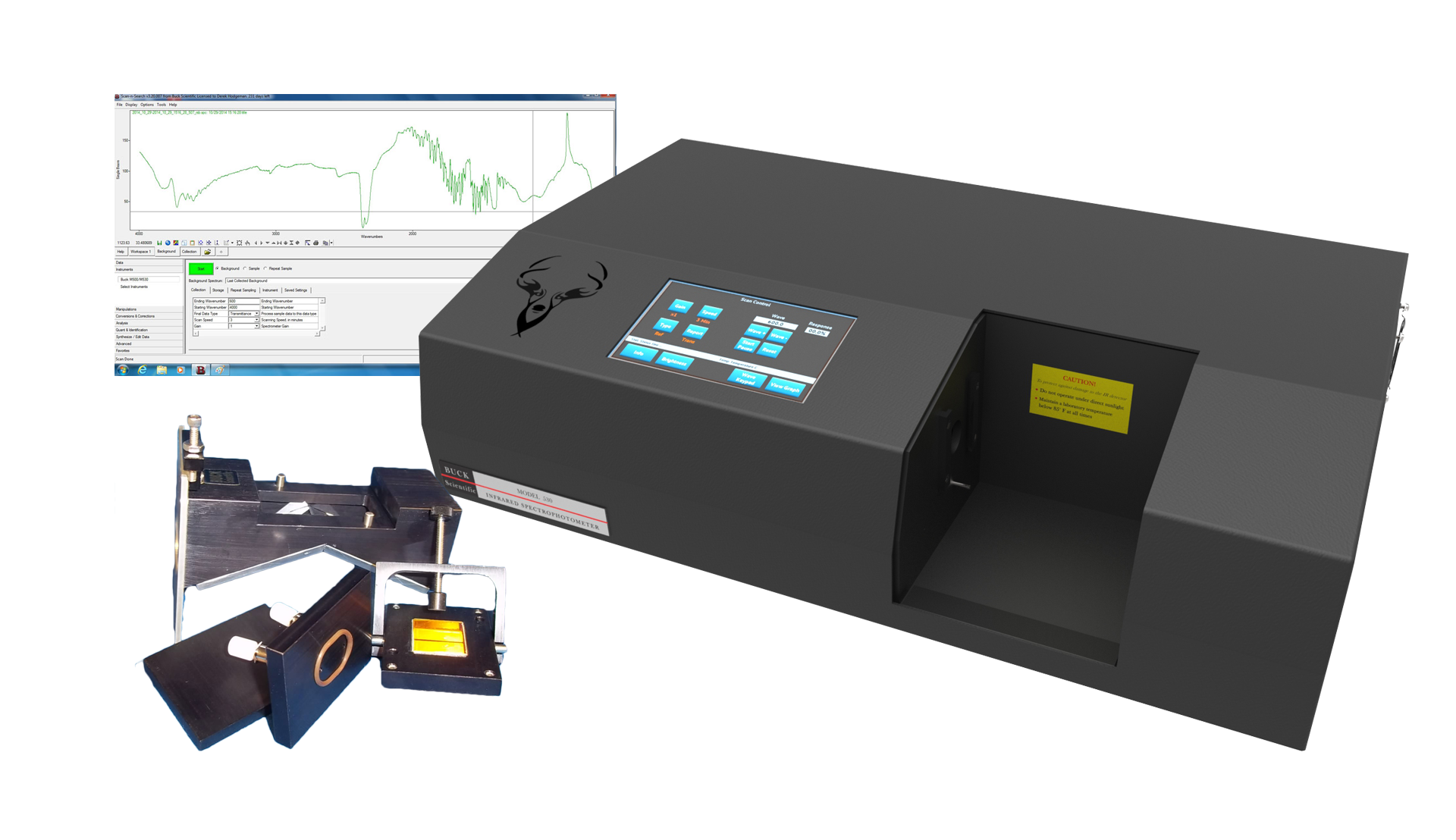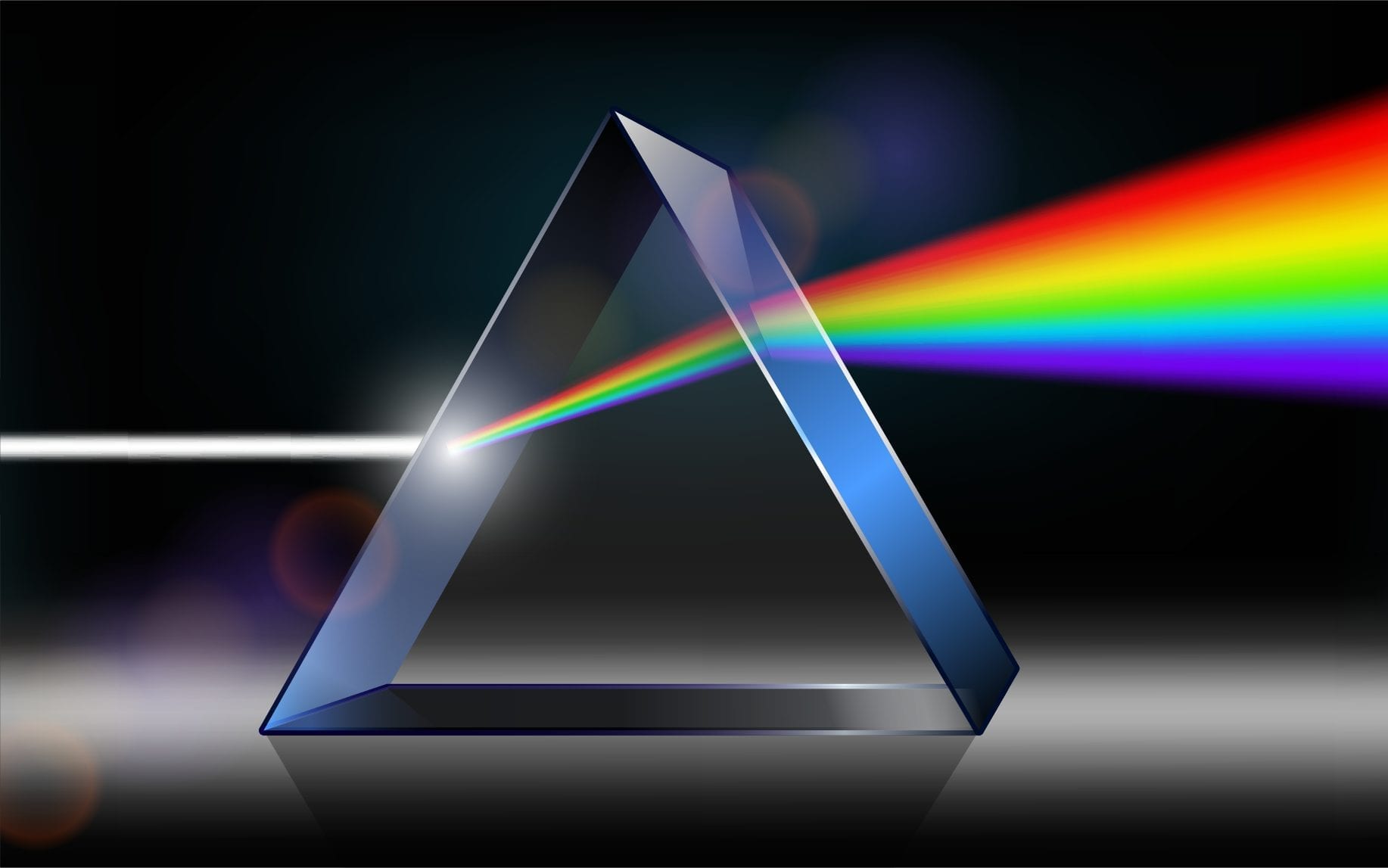You may have heard about spectroscopic devices. Spectroscopy is the study of how radiated matter and energy interact. The matter absorbs energy, creating an excited state. The terms are often used synonymously but let us accept that such terminology is confusing to most of us. There is often confusion between a spectrometer and a spectrophotometer. Part of what makes this confusing for a lot of people is that all spectrophotometers incorporate a spectrometer.
A spectrophotometer contains a spectrometer but also incorporates a light source for sample illumination. The objective of this article is to clarify the spectrometer vs spectrophotometer, these two spectroscopic devices. Read this new blog in Linquip to find out more about them.
What Is A Spectrometer?
A spectrometer is an instrument used to probe a property of light as a function of its portion of the electromagnetic spectrum, typically its wavelength, frequency, or energy. It is also widely used for spectroscopic analysis of sample materials. The spectrometer is the part of the spectrophotometer that is most responsible for measuring things. It finds use to detect spectra, which are specific wavelengths of electromagnetic radiation. Scientists use the spectrometer to gather information about a substance based on the visible, ultraviolet, or infrared light that it projects, and can be used in different fields of science.
The property being measured is usually the intensity of light, but other variables like polarization can also be measured. Technically, a spectrometer can function over any range of light, but most operate in a particular region of the electromagnetic spectrum. Spectrometers have widespread use in the determination of the elemental composition of alloys without sample preparation through the application of an electric arc discharge and observation of wavelengths of emitted radiation.
What Is A Spectrophotometer?
A spectrophotometer is a device that is used to measure the intensity of electromagnetic radiation at various wavelengths. As its name suggests a spectrophotometer is a combination of a spectrometer and a photometer as its name suggests. The spectrophotometer includes a light source along with a means to collect the light that has interacted with the things being tested, as well as a spectrometer for measurements. It is used to capture and evaluate color on just about anything, including liquids, plastics, paper, metal, and fabrics.
Instead of measuring wavelength light intensity is measured in the case of the spectrophotometer. Detection of light is based on the same principle as in the case of a photometer. There are two basic classifications of the spectrophotometer. The first type is a double-beam spectrophotometer, which compares the intensity of light between one reference light path, and the substance that is being measured. The second type measures the relative light intensity of the beam before and after the test sample is introduced.
Your Guide to Colorimeter Principle
Spectrometer vs Spectrophotometer
There is often confusion between a spectrometer and a spectrophotometer. Part of what makes this confusing for a lot of people is that all spectrophotometers incorporate a spectrometer. A spectrophotometer contains a spectrometer but also incorporates a light source for sample illumination. There is a description of spectrometer vs spectrophotometer by considering few factors. The following table describes the main differences.
| Spectrometer | Spectrophotometer | |
| Application |
|
|
| Detection | Spectrometers find use mainly in the visible region of electromagnetic radiation. Advanced spectrometers can detect waves all over the cosmic spectrum, like radio waves, microwaves and alpha, beta, and gamma radiation, etc. | All spectrophotometers contain spectrometers. Spectrophotometers are universally used in a broad wavelength range from UV to visible to infrared. Color spectrophotometers, like our X-Rite devices, are designed for and calibrated to detect the visible spectrum, or near-visible like ultraviolet (UV) or infrared (IR). |
| How To Use | To use a spectrometer, turn it on and wait about five minutes for it to heat. Load a reference substance and calibrate it. A spectrum will be determined for the sample. Then the wavelengths are measured and analyzed. From there, the item you want to study is loaded. Light passes through the machine and readings are made based on the colors and information that is reflected. | To use a spectrophotometer, clean the machine to remove all fingerprints and dirt. Add the solution (not water) to the machine. Set to the desired wavelength and insert the blank cuvette, confirming the arrow is aligned. Calibrate the spectrophotometer by pressing the set zero button or indicator for the necessary wavelength. Introduce the solution, then calculate its absorbency. |
So, there you have every single fact about the difference between a spectrometer and a spectrophotometer. If you enjoyed this article in Linquip, let us know by leaving a reply in the comment section. Is there any question we can help you through? Feel free to sign up on our website to get the most professional advice from our experts.






